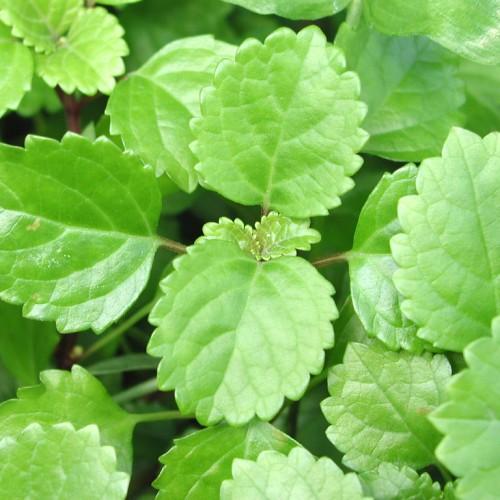
Swedish ivy
Plectranthus australis
Cycle:
Herbaceous Perennial
Watering:
Frequent
Hardiness Zone:
10 - 11
Flowers:
Flowers
Sun:
full sun,part sun/part shade
Leaf:
Yes
Growth Rate:
High
Maintenance:
Low
Drought Tolerant:
Yes
Indoors:
Yes
Care Level:
Low
watering
Swedish ivy is a popular houseplant that requires regular watering to stay healthy and thrive. You should water your Swedish ivy 2 times a week, using enough water to keep the soil lightly moist. During the summer months, water when the soil feels slightly dry on the surface, and reduce watering in the winter months when the plant is dormant. Always allow the top inch of soil to dry out between waterings. Avoid over-watering your Swedish ivy plant as this can lead to root rot and other issues.
sunlight
Swedish ivy prefers bright, indirect light and can tolerate full or partial sunlight. However, it is best to give this plant species a few hours of indirect sunlight (i.e. 3-6 hours) per day - this could be in the morning or the afternoon. It is best to avoid giving the plant too much direct sunlight, as this can cause it to become sunburned.
pruning
Swedish ivy (Plectranthus australis) should be pruned annually to keep it looking healthy and growing well. Pruning should be done in the spring, right before the growing season starts. Stems should be cut back to the point where the leaf nodes occur on the stem. This will maintain a neat, compact, and dense growth, as well as encourage more branching and leaf growth. Any dead, damaged, or crossing stems can also be removed. In addition, any stems that have become too leggy can also be cut back. Pruning in the spring will promote the best growth of leaves and keep Swedish ivy looking its best.
